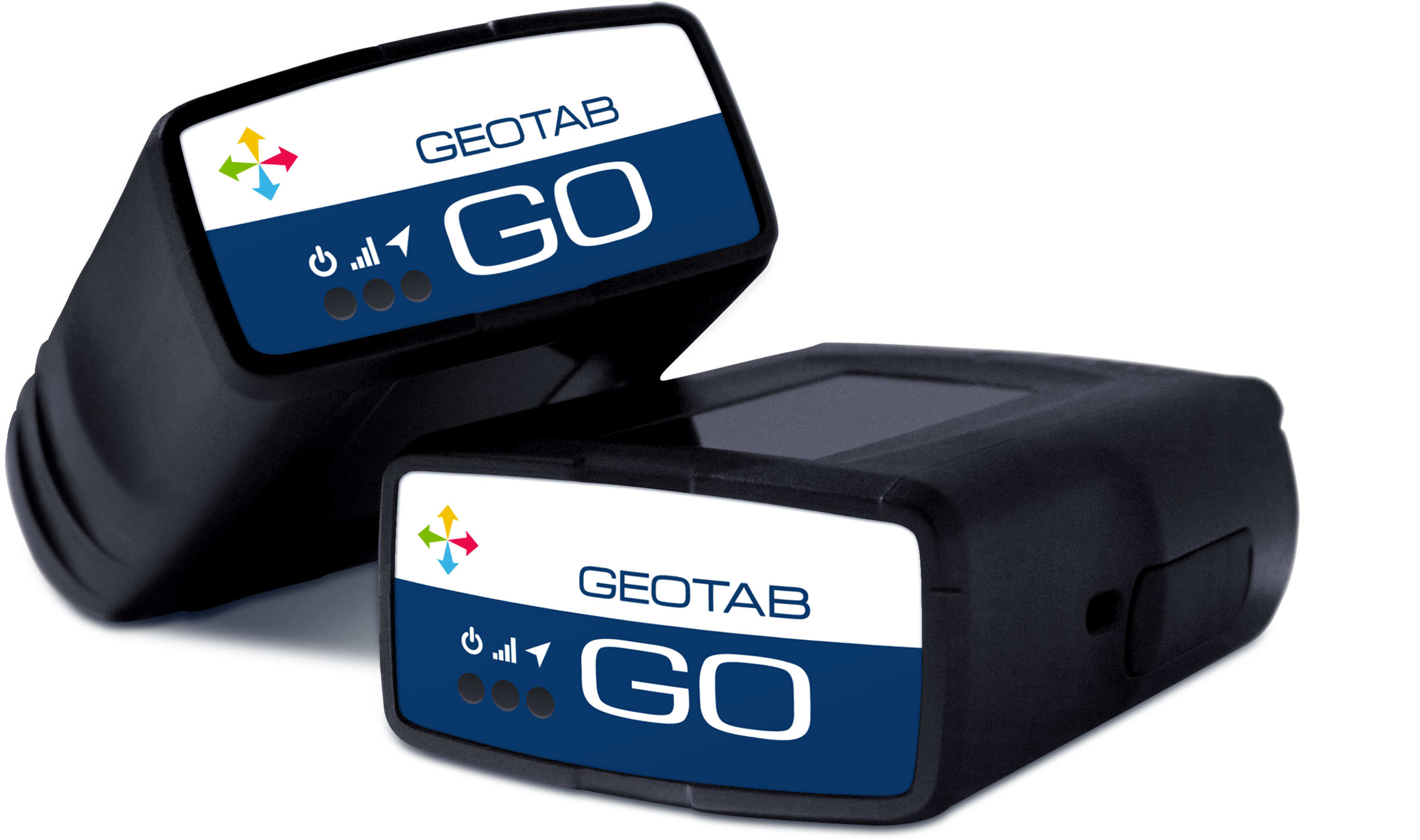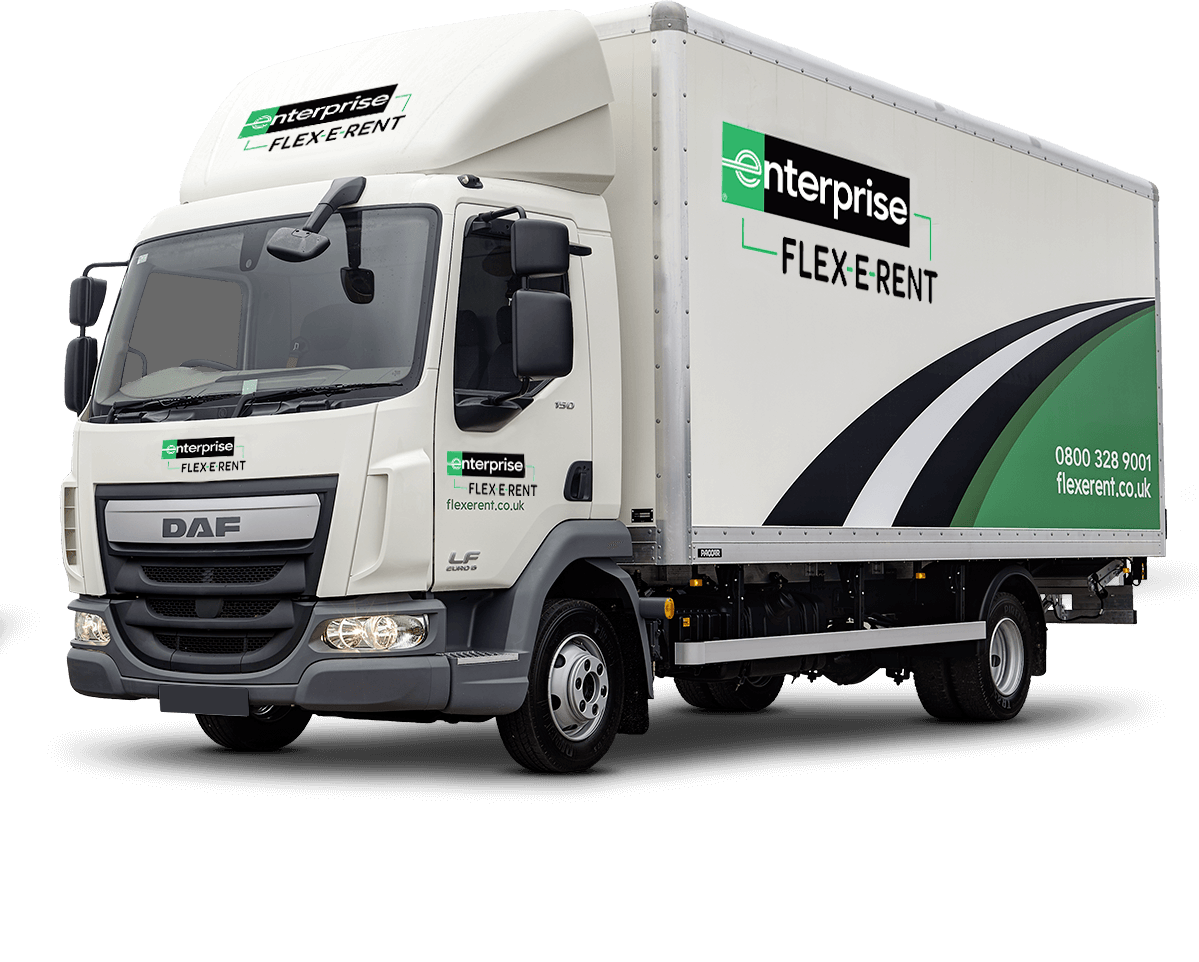Research shows that almost half the commercial fleets in the UK already use some form of telematics. But while the technology has quickly become part of the mainstream, it’s clear that not all users are exploiting the full benefits.
The basics
Let’s start with the fundamentals. Telematics is a technology that allows the remote monitoring of vehicles, providing information about things such as location, distance travelled, driver behaviour, and vehicle health. In most cases, just like in aeroplanes, there’s a ‘black box’ attached to the vehicle that gathers information and transmits it back for analysis.
It’s a tool that gives workplaces a better idea of where their drivers are and what they might be doing, which is obviously useful if you’re trying to administer a fleet.
That, though, is only the start. As the technology – both hardware and software – has developed, telematics has become much more sophisticated, giving access not just to more information but also smarter ways of analysing that information, revealing more and better insights.
The technology
Modern telematics boxes contain a GPS device, a motion sensor, a sim card (to connect to the wider world), and the necessary software. You plug it into the Onboard Diagnostic Port (OBD), connect to Wi-Fi and drive away. And since these units are so small these days, they’re very discrete.
This technology is well established. But what’s really driving the telematics revolution are developments elsewhere, in particular the rollout of the 5G network. This dramatically speeds up the flow of information, offering real-time analysis and reactivity: for instance, customers can be told exactly where their delivery is and when it will arrive. Or the nearest vehicle can be assigned to deal with a call or a situation – something which could be (literally) lifesaving for the emergency services.
The data goldmine
As useful as telematics can be in providing instant updates, their ultimate value is in the information they give you: the data on the vehicle and the driver is a veritable goldmine for any fleet manager looking to improve performance.
Data can help optimise fleets in ways that were never previously possible, improving everything from driver safety to environmental impact, with the potential for considerable efficiencies along the way. Here are some examples.
Monitoring
If you’re managing a fleet, you’ll want to know where your drivers – and your vehicles – are. Web based telematics platforms, which retrieve and analyse the data collected from the vehicle, can show you the location of your cars, vans, or HGVs. What’s more, you can check details of journeys (timings, distances and how long each stop took) removing any temptation to exaggerate or mislead.
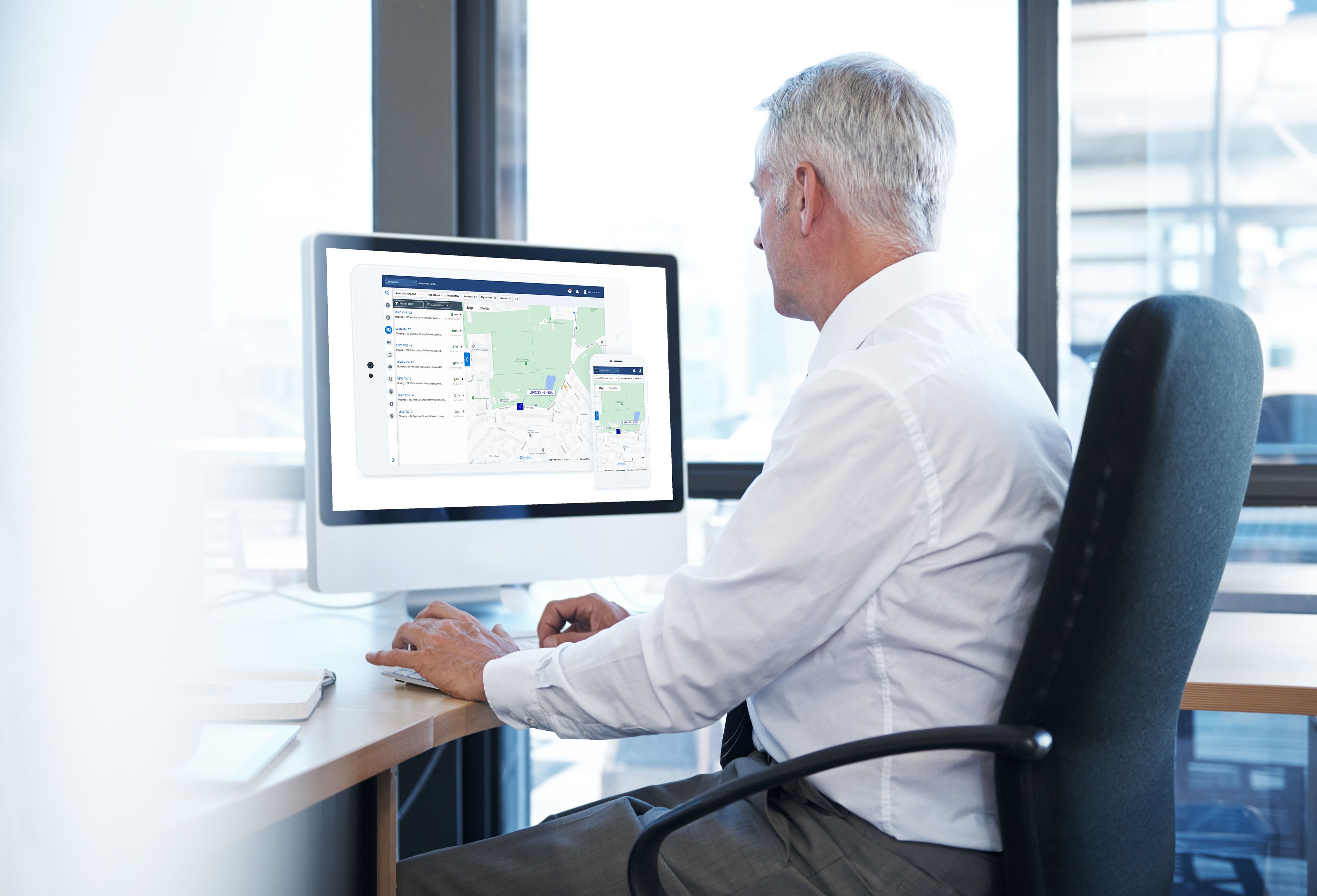
Driver safety
As every fleet manager knows, accidents happen, and even minor ones can be expensive. It’s not just the cost of repairing the vehicle (according to one insurance company, the average repair cost for an internal combustion engine vehicle is now over £1,500) but also the things insurance companies won’t pay for – the absence of that vehicle from your fleet (average cost to organisations per day: £800), lost work and possibly even legal costs.
But telematics can help cut the number of accidents. The latest generation of devices – and the software that interprets the data – can give you valuable feedback about the men and women behind the wheel, feedback that can dramatically improve safety – and reduce preventable costs – by providing an accurate reflection of how safely a vehicle is being driven, making it easy to recognise potentially dangerous behaviour.
If a driver is speeding or if they have a near-collision, it’ll show up in the data. Risk-taking can be highlighted and, if necessary, be addressed: after all, people who have a lot of near-collisions are far more likely to have a real collision – expensive for their employer and probably worse for them.
And it’s more than just retrospective analysis or policing of poor driving habits. Collision avoidance systems can significantly improve your drivers’ ability to recognise risky situations and avoid dangerous incidents. What’s more, real-time safety notifications can help fleet teams support drivers when they need it most. And it’s far more than just a marginal benefit. Research shows that monitoring driver behaviour can reduce fleet accidents by as much as 80%.
In practice, drivers often tend to ‘self-police’ if they know that the telematics are watching and drive more safely as a result. Indeed, a report found that fleets using telematics had an average of 30% fewer insurance claims. And that, in turn, can result in lower insurance premiums, with telematics offering tangible proof of a history of safer driving.
Fuel costs
With the price of petrol and diesel as they are, any savings are obviously going to be appreciated, and the use of telematics can help considerably.
It can help in route planning, for instance. The quickest route on sat nav might not be the optimum route when other factors are taken into account: the data could alert you to roadworks or high-use pedestrian crossings, offering instead a route that might be technically longer but that would burn less fuel.
Moreover, telematics can show if a driver is prone to idling – burning fuel unnecessarily while doing nothing. It can identify situations where this is most likely to happen (or even happening: remember that 5G allows for real-time tracking).
The changes don’t need to be dramatic to make big savings: even a small reduction in miles-per-gallon can lead to substantial savings. For example, a fleet with 40 vehicles, each of them doing around 1,500 miles a month at 35 mpg, means a cost of £14,600 on fuel per month.
But if the mpg can be reduced to 38, with the help of suggestions from telematics, that fuel bill goes down to £13,400, a saving of £1,200 a month – or £14,400 a year.
Vehicle health
Before telematics, it was essentially up to the driver to report any problems with their vehicle, problems they might not have recognised before something went awry.
But, as mentioned above, the telematics device is plugged into the OBD port. That’s the same port mechanics use to diagnose problems, and it therefore provides the telematics platform with up-to-the second information about the health of the vehicle.
This means that emerging issues can be addressed before they become a problem and maintenance can be scheduled at your convenience. On average, unexpected downtime (and the extra expense that comes with it) costs organisations £3,200 per vehicle per year in lost revenue, a figure that can be slashed with the forward-planning facilitated by telematics.
Fleet optimisation
The more data you have, the more efficient it can make your fleet: it can tell you which vehicles are being used most heavily; it can tell you if you’re using your vehicles most efficiently; it might even tell you that you don’t need as many vehicles as you’re currently using.
Telematics can be especially useful for fleets transitioning (or planning to transition) to electric vehicles (EVs), giving data-driven recommendations for the most suitable vehicle solutions, based on real duty cycles.
And if you already use EVs in your fleet telematics can be even more useful; monitoring energy consumption, battery charge and, of course, finding the most efficient routes, an essential part of combatting ‘range anxiety’.
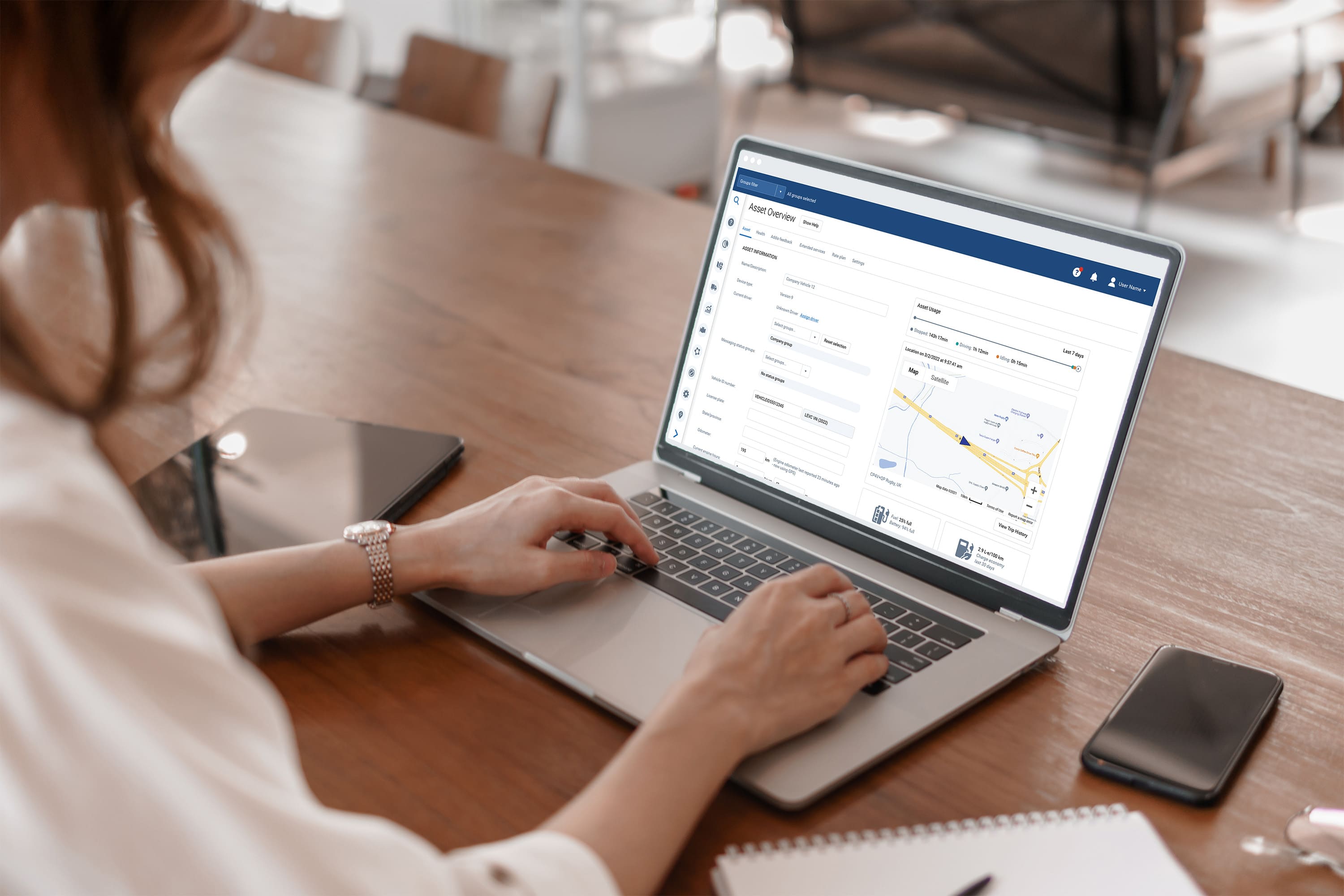
Environment
All the above aren’t simply better for your company, they’re better for the environment – fuel economy, journey optimisation, vehicle maintenance and migrating to EVs help to reduce your fleet’s carbon footprint. So, telematics can be an important tool for organisations to achieve their environmental goals.
Challenges
Telematics is a technology that has evolved at an astonishing pace, but there are still issues that remain unresolved, issues which might concern both fleet managers and individual drivers.
Privacy
Telematics gives you the capability to, essentially, put yourself in the vehicle with the driver by letting you see exactly what they’re doing. There’s a chance that some drivers might find this intrusive: according to a survey by the RAC, some 40% of businesses reported staff concerns about privacy, and some companies have chosen not to use telematics for this reason.
The law says that data gathered by telematics is considered personal data and, as such, regulated by the GDPR (General Data Protection Regulation) laws. This means that information should only ever be captured and stored based on the seven principles of GDPR, which are lawfulness, fairness and transparency, purpose limitation, data minimisation, accuracy, storage limitation, integrity and confidentiality, and accountability.
In line with this, employees have to give consent to be tracked via telematics. The use of ‘personal modes’, which allow drivers (and fleet managers) to turn off a device’s ability to track things such as location, journey tracking, and speed profiles based on ad hoc situations, an agreed time schedule or location of the vehicle, all help to ensure that any monitoring is proportionate and within the law.
Explaining clearly why the data is being collected, the benefits for everyone involved, and the measures you’ve put in place to protect their privacy, will go a long way to addressing any concerns drivers may have.
Security
While there are practical concerns surrounding privacy, issues of security are a bit less precise and based on things that could potentially happen.
Data from telematics devices is held in ‘the cloud’ – in other words, stored remotely over multiple locations rather than an individual computer – which, theoretically, is at risk from computer hackers in a way that local servers are not. This data could be sensitive, including vehicle location or performance, so this is not an idle concern.
In reality, managing these risks is more of an on-going process than a single solution. This includes the use of high-end encryption to secure the data during transmission from the vehicle to central storage and processing servers. Once received, information is protected by firewalls, access controls, and activity monitoring.
Multiple layers of security clearance and profiles combine to restrict access to the information stored, and a continuous programme of digitally signed firmware updates ensure that new features can be installed on in-vehicle devices and any issues are resolved without compromising information or system security.
There is no such thing as 100% security, but with the right measures in place, there’s no need to worry that your information is at risk.
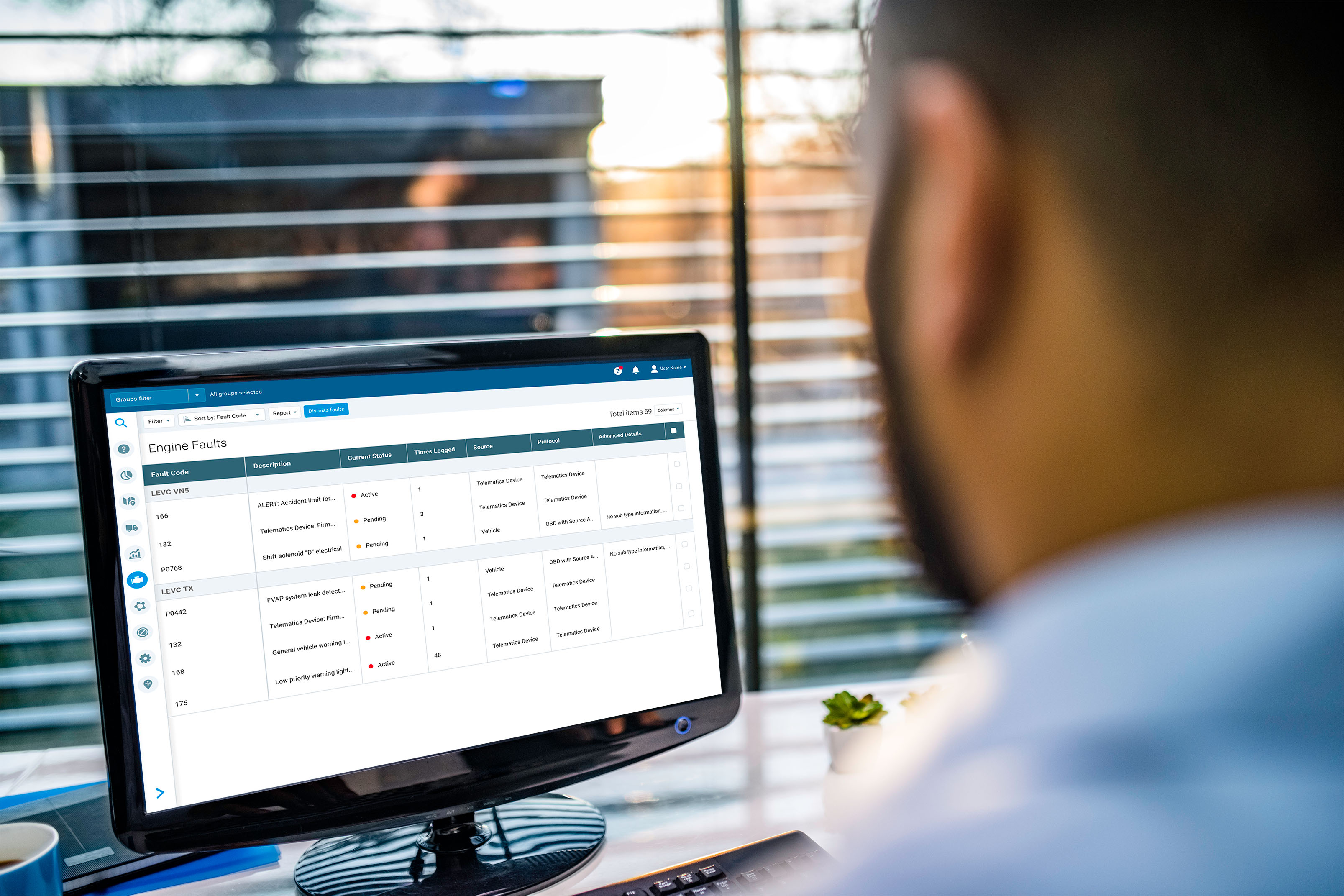
The future
Telematics has come so far, so quickly, that it’s hard to believe that there’s more to come. But the technology continues to advance at a dizzying pace.
As mentioned above, the biggest development is the roll out of 5G. This makes data transfer instantaneous, allowing for real-time monitoring and, as the software evolves, real-time analysis.
What’s more, that analysis will be far more thorough, working with an ever-increasing number of data points and comparators to provide more detailed portraits of vehicles, drivers and driving conditions. Increasingly, this will be a two-way process, with information being sent from the vehicle and the results of analysis being directly returned to the source – a driver told to slow down if they’re speeding, for instance.
And communication won’t simply be between drivers and fleet managers; there will be a greater dialogue between telematics-enabled vehicles as information is exchanged, allowing for a far greater understanding of what’s happening on the road at any given time – if, for example, an ambulance is trying to get through, drivers can be alerted before it comes into view.
Data will be further enhanced by more points of input. Dashboard-mounted cameras (‘dash-cams’) are already used by many organisations as a way to resolve incidents. But they’re also a potentially rich source of data, offering an immediate, real-world picture of what’s happening on the roads – traffic density, weather conditions or even serious incidents on the road – which can be used to facilitate a smoother, safer journey.
All this, essentially, is simply an extension of what telematics can already offer, but the next generation of technology will go far beyond that, as artificial intelligence (AI) makes an impact. If the main benefit of telematics is currently data, future use will be much more about insights, not finding out what’s already happening but anticipating what might happen.
AI will not simply be processing information but learning from it, studying an almost unimaginable quantity of data from thousands – potentially millions – of input points to recognise patterns that can be used to offer predictions and improve outcomes, patterns that won’t be apparent to the naked eye. For example, algorithms will be able to predict vehicle failures based on issues that have occurred in other vehicles of the same make and model.
More controversially, this data might increasingly be networked – aggregated, in other words – from everyone using a particular telematics platform rather than from your own specific fleet. The advantages are, obviously, a vastly increased amount of data and experiences that will offer an ever-deeper understanding of conditions.
This does, however, mean that the arguments about privacy mentioned above could become more urgent – and that security protocols will become even more important.
Taking the next step
It’s clear that the right telematics solution can help you measure, understand, and improve your fleet's productivity, sustainability, safety, and compliance. But there are always a few hurdles to overcome too, such as making sure your drivers understand why the system is being introduced and how their privacy will be protected.
To find out how telematics could benefit your business, or to answer any questions you may have, just talk to one of our experts today.


